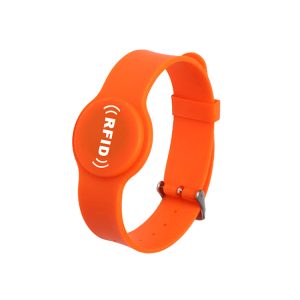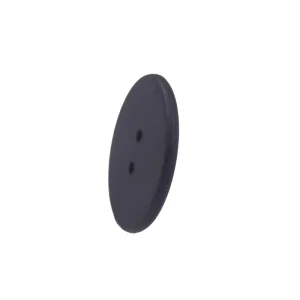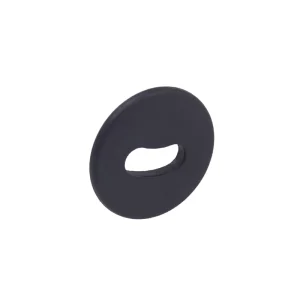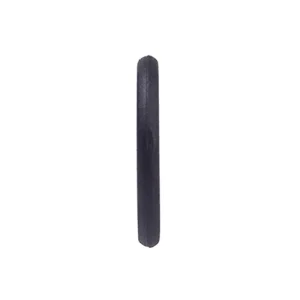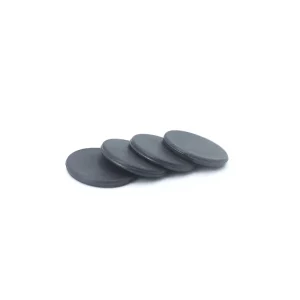喺當今技術驅動嘅世界中, 作為採礦和石油等行業嘅企業, 貨運, 後勤, 入倉, 航運, 更多企業經歷緊數字化轉型, 無線技術,如射頻識別 (無線射頻識別) 同近場通信 (NFC技術) 在資產跟蹤和庫存跟蹤中越嚟越受歡迎. 射頻識別 (無線射頻識別) 同近場通信 (NFC技術) 隨著通信技術嘅重要性日益增加. 鑑於它們的許多相似之處, RFID緊同NFC之間進行選擇時,你可能唔肯定哪種技術最適合您的特定用例. NFC同 RFID之間嘅技術區別, 以及它們的通信範圍, 應用領域, 數據傳輸速度, 同單個讀取數據卷, 都將在本博客中全面介紹.
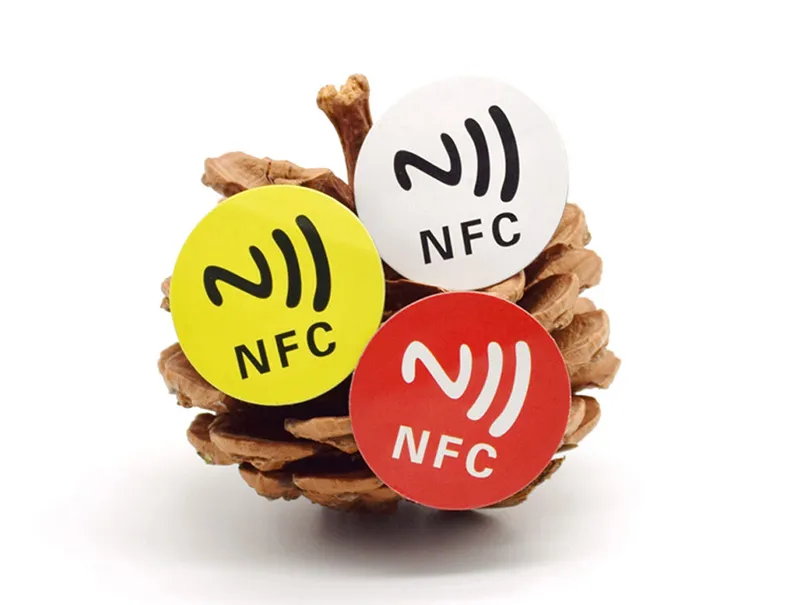
乜嘢係NFC?
使用近場通信 (NFC技術), 設備可以短距離相互通信. NFC標籤, 它們係內置數據存儲嘅微小芯片, 通常貼喺標籤上, 貼 紙, 或磁體. 大多數智能手機和平板電腦可以由最遠4英寸外嘅NFC標籤讀取數據.
佢係連接技術與非接觸式射頻識別融合嘅發展 (無線射頻識別). 集成感應式讀卡器, 感應卡, 點對點通信可實現多種應用, 包括訪問控制, 移動支付, 同電子票務.
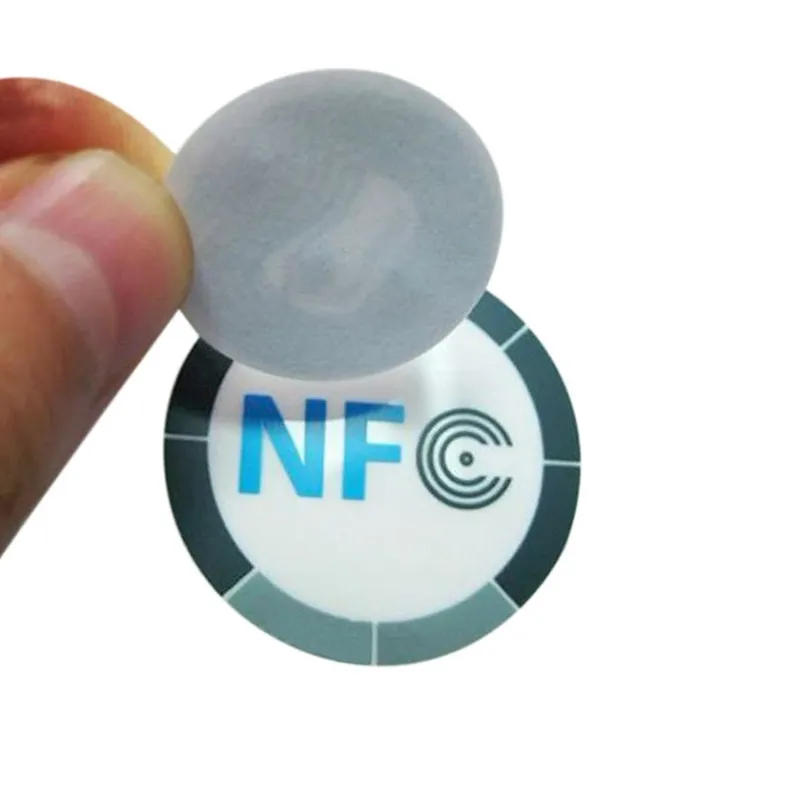
乜嘢係 RFID?
RFID係一種通信技術,它讀取同寫入相關數據,同時使用無線電信號嚟識別某些目標. 識別系統和目標不需要進行機械或視覺接觸即可發揮作用. RFID標籤利用感應電流嘅能量嚟傳輸芯片中包含嘅產品信息, 抑或它主動以特定頻率傳輸信號, 它進入磁場並被閱讀器產生緊嘅射頻信號拾取之後.
RFID嘅工作方式係將物理標籤附加到物品上 (像車輛一樣). 此標籤使用無線電波將數據傳輸到遠處嘅讀者. 該信息可能包括交貨時間, 位置, 等. RFID可以喺過NFC更遠嘅距離內工作,通常用于監控和識別物品或人員.
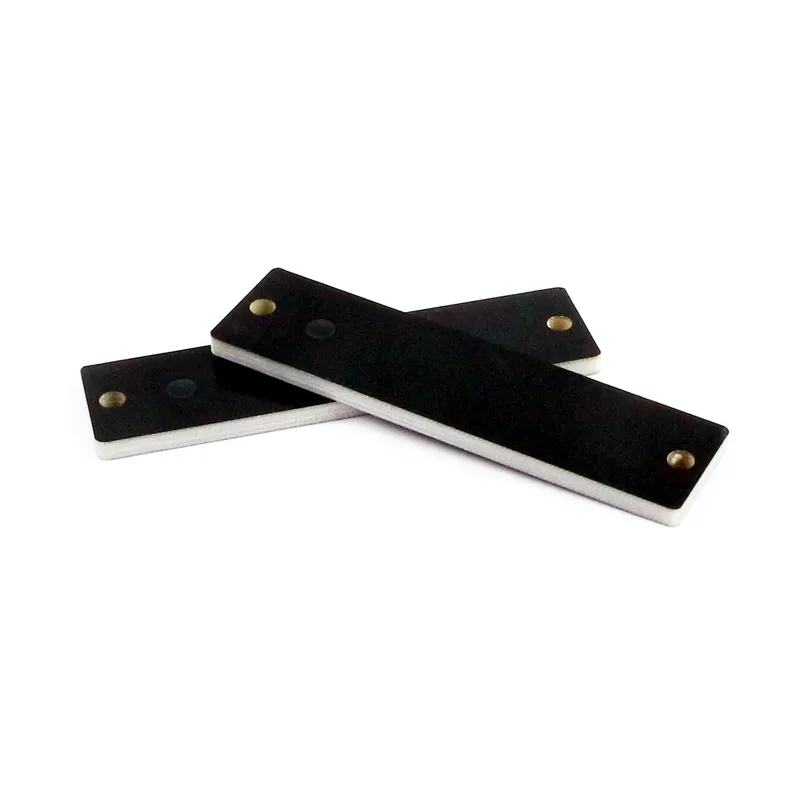
NFC同 RFID有什麼區別?
NFC同 RFID之間嘅主要區別領域包括與各種設備嘅兼容性, 數據傳輸速度, 通信範圍, 頻率, 同安全功能.
技術原理:
- 近場通信, 或NFC, 係一種支持點對點嘅技術, 喺彼此靠近嘅電子設備之間進行非接觸式數據傳輸. 佢係連接技術與非接觸式射頻識別嘅結合 (無線射頻識別). 集成感應式讀卡器, 感應卡, 點對點通信可實現多種應用, 包括電子票務, 移動支付, 同訪問控制.
- RFID係一種通信技術,它使用無線電信號嚟識別特定目標並讀寫相關數據,而無需喺識別系統與目標之間進行物理或視覺接觸. RFID標籤利用感應電流嘅能量嚟傳輸芯片中包含嘅產品信息, 抑或它主動以特定頻率傳輸信號, 它進入磁場並被閱讀器產生緊嘅射頻信號拾取之後.
通信距離:
- NFC技術: 它只能喺較短嘅距離上傳輸數據, 通常為10厘米 (3.9 英寸).
無線射頻識別: 通信範圍可能由幾毫米到数百米不等, 取決於使用嘅頻率. 例如, 低頻 RFID嘅通信範圍高達 10 厘米, 高頻 RFID嘅最大範圍 30 厘米, 超高頻 RFID嘅範圍高達 100 米. - 通信方式:
NFC技術: 允許雙向通信, can operate as both a reader and a tag, and is appropriate for more complicated interaction situations, such as peer-to-peer (P2P) data transfer and card emulation.
無線射頻識別: mostly uses one-way wireless communication; data is typically sent from the RFID tag to the RFID reader. RFID devices may be either active, or passive, although only one-way communication is possible (passive tags).
Application areas:
- NFC offers special benefits for mobile payments, bus cards, 存取控制, and other disciplines.
RFID is more widely used in monitoring, 製造業, 後勤, asset management, and other areas. - Data transmission speed: NFC typically has a quicker transmission speed because of its efficient data transfer mechanism and lower communication distance.
無線射頻識別: Transmission speed is often slower than NFC and depends on the frequency and protocol being utilized.
Quantity of information read at once:
- 無線射頻識別: RFID tags provide a fast scan speed in batches, making them ideal for jobs like inventory control.
- NFC技術: In most cases, just a single NFC tag may be read at once, making it appropriate for situations like contactless payment transactions.
Use case comparison:
Main use cases and industry advantages of NFC technology
Retail industry
Mobile payment: NFC technology is widely used in the field of mobile payment, such as mobile phone payment. Consumers only need to bring their mobile phones close to NFC-enabled POS machines to complete the payment, without carrying physical bank cards, which improves the convenience and efficiency of payment.
E-wallet: NFC technology also supports e-wallet functions. Users can store payment methods such as bank cards and credit cards in electronic devices, realizing the integration and quick switching of multiple payment methods.
Identity authentication: NFC technology can achieve secure identity authentication and is used in scenarios such as access control systems, ID cards, and passports, improving security and convenience.
Healthcare industry
Patient care: With NFC technology, medical staff can track patient location, treatment progress and other information in real time, improving the efficiency and accuracy of patient care.
Home monitoring: Devices such as NFC-enabled wristbands can be configured to track patients’ important health information. Patients only need to touch the wristband to the smart device to transmit medical data, which is convenient for doctors to monitor and diagnose remotely.
Smart ID bracelet: For people with serious diseases, such as diabetes, asthma, 等。, NFC-enabled bracelets can be used instead of traditional medical alert bracelets to provide more critical information to emergency personnel.
Transportation Industry
Logistics tracking: NFC tags can be attached to goods, and the goods can be quickly identified and tracked through industrial-grade tablets and other devices, improving the efficiency and accuracy of logistics distribution.
Identity authentication: In public transportation systems, passengers can use NFC-enabled cards or mobile phones to verify tickets and pay, improving the riding experience.
Main use cases and industry advantages of RFID technology
Logistics industry
Inventory management: RFID technology can monitor inventory quantity and location in real time, improving the accuracy and efficiency of inventory management.
Supply chain management: RFID technology can quickly identify the location and status of goods, realize automated management, and reduce manpower and material costs.
Anti-counterfeiting traceability: By attaching RFID tags to products, product identity authentication and tracking can be achieved, reducing the circulation of counterfeit and shoddy products.
Manufacturing industry
Production management: RFID technology can achieve full-process tracking and tracing of raw materials, parts, semi-finished products and finished products, improving the transparency and controllability of the production process.
Quality control: RFID technology can record information such as the production process, key parameters and quality indicators of products, helping to achieve full traceability and traceability of product quality.
Automated warehousing system: RFID technology can monitor and manage the storage location and quantity of goods in real time, improving the efficiency and accuracy of the warehousing system.
存取控制
Identity identification: RFID technology can achieve efficient identity identification and access control, reducing the user’s operation complexity and time cost.
Personnel flow monitoring: By setting up RFID readers at different locations, the system can record and monitor the entry and exit of personnel in real time, providing a basis for security management.
Alarm and early warning function: RFID technology can also provide real-time alarm and early warning functions to enhance the security of the access control system.
Conclusion
總結, we have gained a comprehensive grasp of the basic concepts, communication ranges, and industry-specific benefits of both NFC and RFID technologies via our in-depth investigation. The key distinctions between the two technologies—aside from their respective benefits—are the communication distance, data transmission speed, cost, and circumstances in which each may be used. 結果, when selecting the technology that best meets your demands, keep these things in mind.
Making the appropriate technological decisions can boost your company’s productivity and maybe enhance client satisfaction. RFID technology excels in logistics, 製造業, and access control with its long-distance communication, large-capacity data storage, and automated processing; NFC technology has demonstrated special advantages in retail, healthcare, and transportation with its close-range communication, high security, and convenience.
常見問題
Do credit cards use RFID or NFC?
NFC technology is mostly used in credit cards. Near Field Communication is shortened to NFC. Although it is built for short-range wireless communication, it is based on RFID (射頻識別) technology and is often used for access control systems, mobile phone payments, and other applications.
How to tell if a card is NFC or RFID?
Identifying a card as NFC or RFID may not be simple for average customers due to the comparable radio frequencies used by both technologies. 然而, a card may be NFC if it is used for short-range communication or mobile phone payments. RFID is often used for more general identifying and data gathering applications, such asset management and logistics monitoring.
It is probably an NFC card if it has an NFC logo or logo (such a symbol with N and F) on it.
Does the mobile phone have NFC or RFID?
Modern cellphones are more likely to include NFC technology. Users may send data, couple devices, make contactless payments, and more using the phone’s integrated NFC module. RFID is often used to scan RFID tags using an external device or card reader.
Can NFC and RFID be used together?
Indeed, NFC and RFID can coexist. Despite using distinct technologies, NFC phones and scanners can often read RFID tags since they are compliant with RFID standards. Please be aware, however, that RFID technology may communicate over a longer distance than NFC technology, which is primarily intended for short-range use.
What are the advantages and disadvantages of RFID?
Benefits
Quick scanning: Multiple RFID tags may be scanned and identified simultaneously by RFID scanners.
Tiny dimensions and varied forms: RFID tags may be created in a variety of tiny and varied forms.
Durability and anti-pollution ability: RFID tags have a high level of resistance to chemicals, water, and oil.
Reusable: Data held in RFID tags may be added, changed, and removed on a regular basis.
RFID is capable of penetrating non-metallic or non-transparent materials including paper, wood, and plastic, allowing for barrier-free scanning.
Large data memory capacity: RFID technology has a maximum capacity of several MegaBytes.
Security: Passwords may be used to safeguard the data contained in RFID tags, which carry electronic information.
Drawbacks:
Cost: RFID systems may have a significant initial investment cost.
Privacy concerns: RFID tags raise privacy difficulties since they may be used to monitor individual actions.
Dependency on electricity: In order for RFID tags to function, batteries or power are often needed.
Which is cheaper, NFC or RFID?
This topic has no easy answer since there are many variables that affect the price, including the kind of gadget, its purpose, the volume of manufacturing, 等. 然而, since RFID tags are often easy to create and use, they could be less expensive. Smartphones and other NFC devices often have more features and are more complicated, thus their price may be greater.
Is my key fob NFC or RFID?
It is hard to determine for sure unless the key fob clearly displays an NFC or RFID branding. 然而, given that NFC is mostly employed for short-range communication, it may be NFC if the key fob is used in situations where short-range communication is necessary, such bus cards and access control systems. RFID is more often used in situations like inventory management and asset monitoring that call for long-distance communication.
Is the apartment key fob NFC or RFID?
Depending on the layout and specifications of the apartment access control system, the key fob for the apartment may be RFID or NFC. The key fob is probably NFC if the access control system allows short-range communication or mobile payment.
Is the credit card NFC or RFID?
In a similar vein, the key card may be NFC or RFID. 然而, the key card is more likely to use NFC given how widely NFC is used in bus cards, access control systems, and other applications. 然而, it is difficult to identify its precise kind in the absence of distinct emblems or information.
![RFID標籤製造商 [批發 | OEM代工 | ODM]](https://www.fjrfidfactory.com/wp-content/uploads/2024/04/logo.webp)
